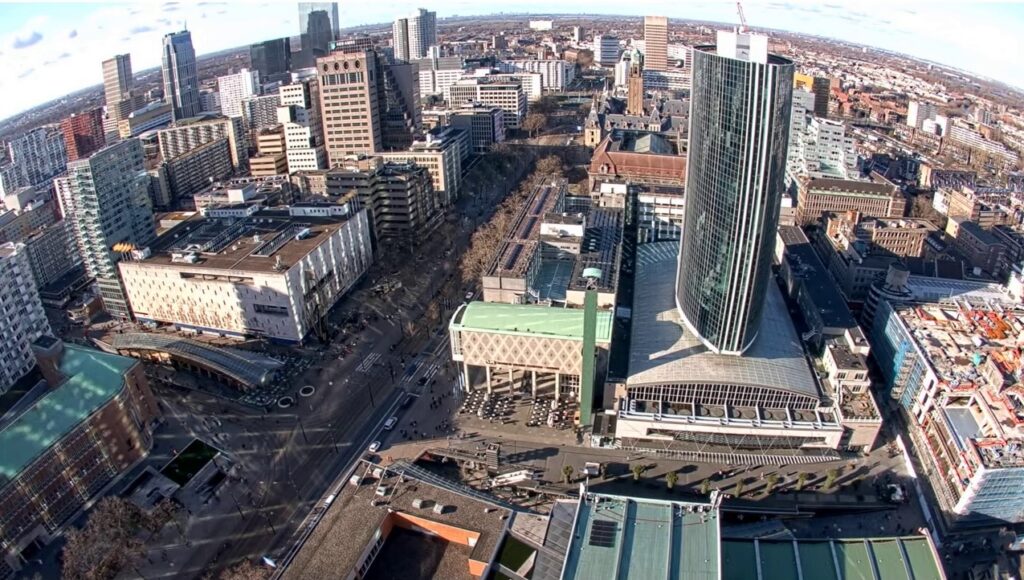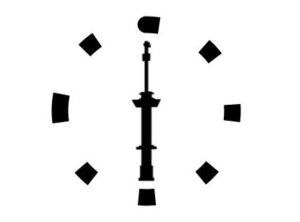
One of the major Dutch cities that has undergone significant gentrification recently is Rotterdam. The city’s expanding economy, rising tourist numbers, and the persistent lack of cheap accommodation in the city center are all contributing elements to Rotterdam’s gentrification process.
Gentrification
Several neighborhoods in Rotterdam that were originally affordable and diverse have changed due to gentrification, becoming more affluent and exclusive. Low-income residents have been displaced as a result, and the cultural and socioeconomic diversity that made these areas special has also been lost.
Katendrecht
The Katendrecht neighborhood in Rotterdam is one of the most notable gentrifying regions. Katendrecht, formerly a working-class neighborhood with a sizable immigrant population, has significantly changed in recent years because to the emergence of new homes, eateries, and cultural attractions. While this has increased the neighborhood’s investment and prospects, it has also resulted in rising rents and property values, which have evicted many long-time inhabitants.
Rotterdam
The city administration of Rotterdam has put rules in place to support affordable housing and safeguard renters from arbitrary rent hikes and evictions in an effort to combat the problem of gentrification in the city. Community groups and activists have also been fighting for the rights of low-income inhabitants and bringing attention to the negative effects of gentrification.
Construction
Ultimately, gentrification is a complex issue that necessitates a fair strategy that considers the interests of all locals. Urban renewal has the potential to significantly improve areas, but it is crucial to make sure that these changes benefit everyone, not just those who can afford to pay increased rents and property prices.
